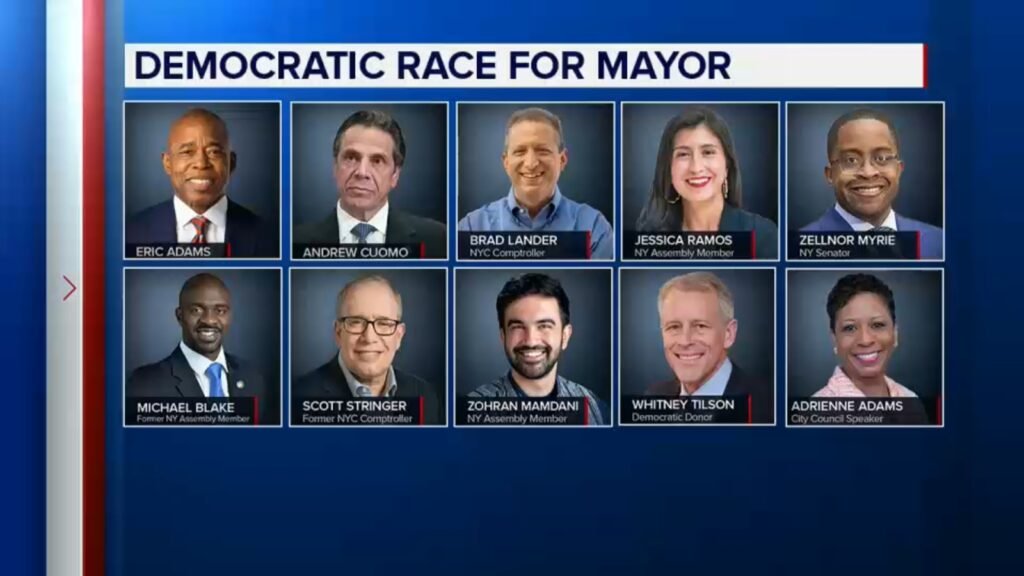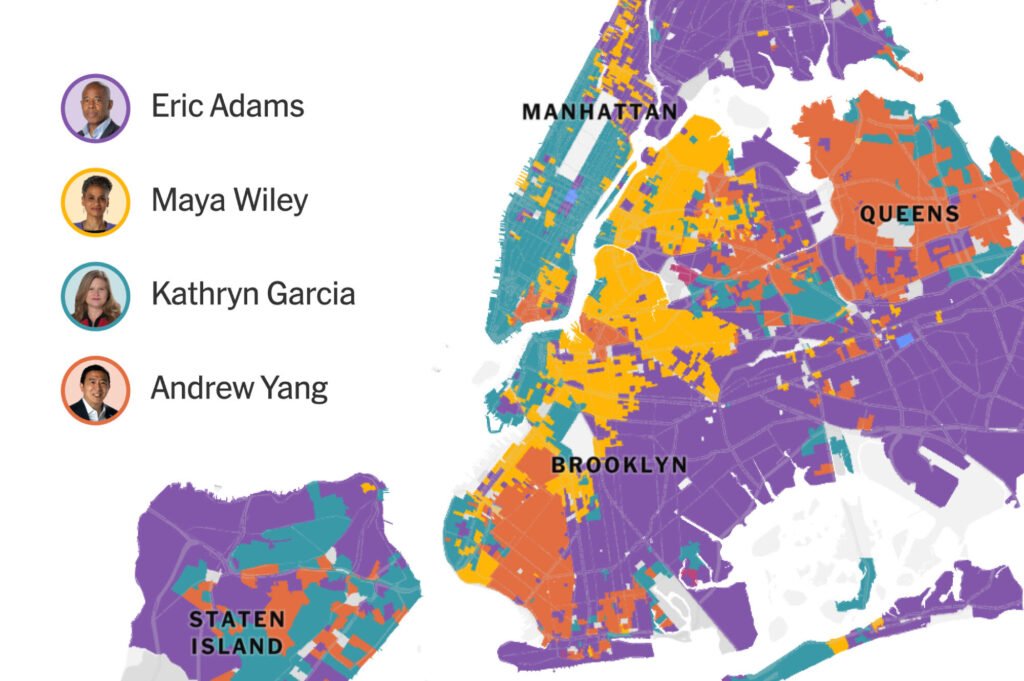New York City’s Democratic mayoral primary election concluded on Tuesday, June 24, 2025, marking a pivotal moment in the city’s political landscape. Tuesday’s election has drawn nationwide attention for its close race and use of ranked choice voting, as voters chose between several prominent candidates vying to lead America’s largest city.

Primary Election Day Results and Timeline
Election Day took place on June 24, 2025, from 6:00am to 9:00pm, with polling locations across all five boroughs. Mayoral candidates for mayor of New York City made their final pitch to voters on Monday ahead of Tuesday’s primary election, culminating months of intensive campaigning.
The Associated Press does not make projections and will declare a winner only when it’s determined there is no scenario that would allow the trailing candidates to close the gap, meaning final results may take several days to determine due to the complexity of ranked choice voting tabulation.

Key Candidates and Final Campaign Push
The race featured several prominent Democratic candidates making their final appeals to voters. The closest competitor to Andrew Cuomo in the New York mayoral primary, according to polls, is Zohran Mamdani, setting up what many observers predicted would be a tight contest.
Adrienne Adams, who is not related to Eric Adams, is on a quest to become New York City’s first female mayor, running on a platform of “no drama, no scandal.” Other significant candidates included NYC Comptroller Brad Lander, who has been a vocal progressive voice in city politics.
Eric Adams’ Independent Campaign
A major development in the race was Eric Adams withdrew from the Democratic primary race and announced that he would continue to seek re-election as an independent candidate. The incumbent, Mayor Eric Adams, was elected mayor on the Democratic Party line in 2021, but is seeking re-election to a second term as an independent. He was indicted on federal corruption charges in September 2024 and has faced calls to resign from office.
Ranked Choice Voting Impact
This election marked another significant test of New York City’s ranked choice voting system, which allows voters to rank candidates in order of preference. The system is designed to ensure the winner receives majority support through multiple rounds of vote counting if no candidate achieves an outright majority initially.
Pre-election polling showed the potential impact of ranked choice voting, with scenarios involving final three candidates Brad Lander, Andrew Cuomo and Zohran Mamdani being analyzed for how voter preferences would redistribute in elimination rounds.
Progressive Coalition and Campaign Strategies
The progressive “Don’t Rank Evil Andrew for Mayor (DREAM) for NYC” campaign urged voters not to rank Eric Adams or Cuomo on their ballots, reflecting deep divisions within the Democratic Party about the direction of city leadership.
General Election Preview
Looking ahead to the November general election, in a contest with Curtis Sliwa and current Mayor Eric Adams (who intends to run in November as an independent candidate), Cuomo captures 45% of the vote, compared to 13% for Sliwa and 11% for Adams, according to recent polling data.
Conclusion
New York City’s 2025 Democratic mayoral primary represents a crucial moment in the city’s political evolution. With ranked choice voting, a diverse field of candidates, and the unusual circumstance of an incumbent mayor running as an independent, this election cycle has captured national attention as a bellwether for urban Democratic politics nationwide.
